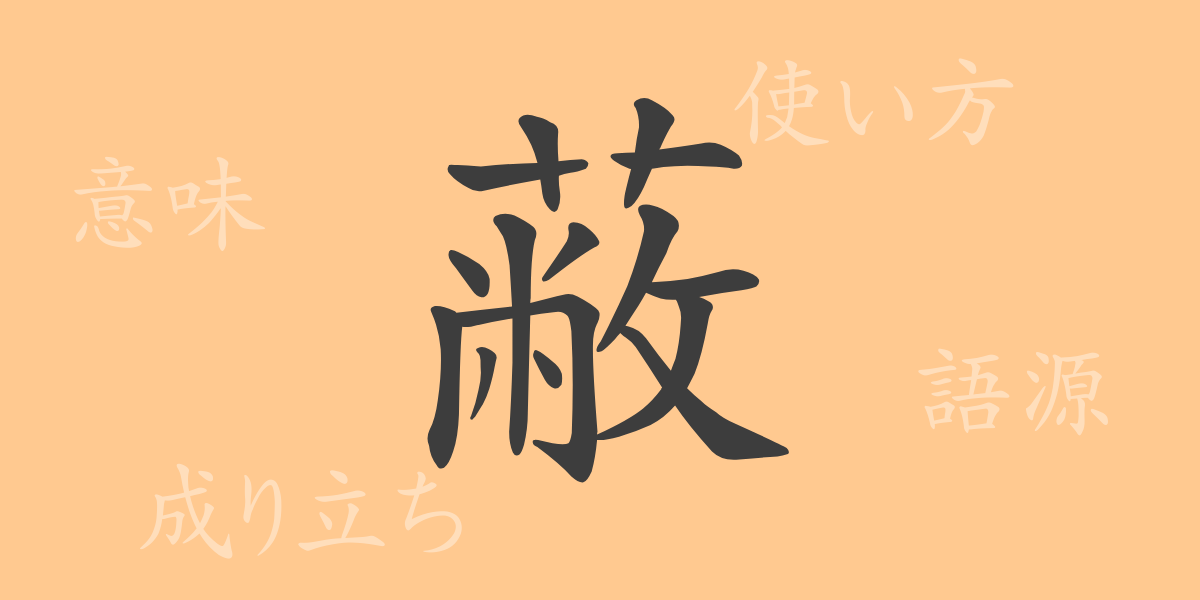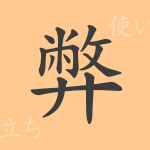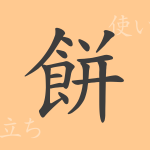The richness of the Japanese language is reflected in its unique writing system. Each kanji (かんじ) character has its own history and tells a unique story. In this article, we will spotlight the commonly used kanji “蔽” (へい), delving into its origin, meaning, and usage. Through this kanji, let’s rediscover the profound depth of the Japanese language.
Origin of 蔽 (へい)
The kanji “蔽” (へい) originated in ancient China. This character combines the “grass” radical at the top and the character “卑” (ひ) at the bottom. The grass radical signifies “grass,” and when combined with “卑” (ひ), it conveys the meaning of “grass covering the ground,” leading to the meanings of “hide” and “cover.” Over time, this kanji was adopted into various cultures, including Japanese, where it became one of the commonly used kanji.
Meaning and Usage of 蔽 (へい)
The kanji “蔽” (へい) means “to hide,” “to cover,” or “to obstruct.” In Japanese, it is often used when something is being concealed or covered up. It can also be used metaphorically, as in the expression “真実を蔽う” (しんじつをおおう), meaning “to cover up the truth.” Although not frequently used in everyday conversation, it appears in literature and formal writing.
Reading, Stroke Count, and Radical of 蔽 (へい)
Let’s take a closer look at the reading, stroke count, and radical of the kanji “蔽” (へい).
- Reading: In On’yomi (おんよみ), it is read as “ヘイ” (へい), and in Kun’yomi (くんよみ), it is read as “おお.う” (おおう) and “しろ” (しろ).
- Stroke count: The kanji “蔽” (へい) has 15 strokes.
- Radical: The radical is 艸 (くさかんむり), meaning “grass.”
Idioms, Proverbs, and Phrases Using 蔽 (へい)
There are numerous idioms, proverbs, and phrases that include the kanji “蔽” (へい). Here are a few examples:
- 隠蔽 (いんぺい): To conceal or hide the truth or facts.
- 蔽隠 (へいいん): To keep something hidden; synonymous with 隠蔽 (いんぺい).
- 蔽光 (へいこう): To block out light.
Summary of 蔽 (へい)
The kanji “蔽” (へい) represents the concept of covering or concealing, as its shape and meaning suggest. It is used in various forms in the Japanese language, particularly in literature and specialized writing. We hope this article has helped you understand the history, meaning, and usage of “蔽” (へい). Understanding the meanings embedded in each word leads to a deeper comprehension of the language.

























